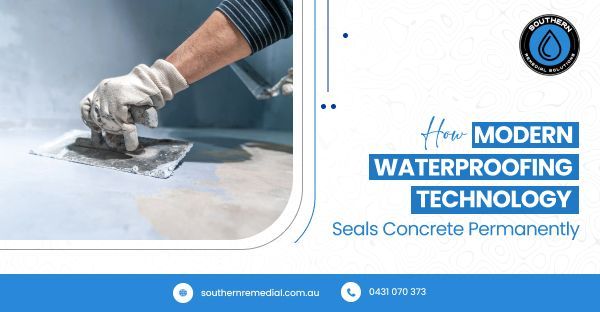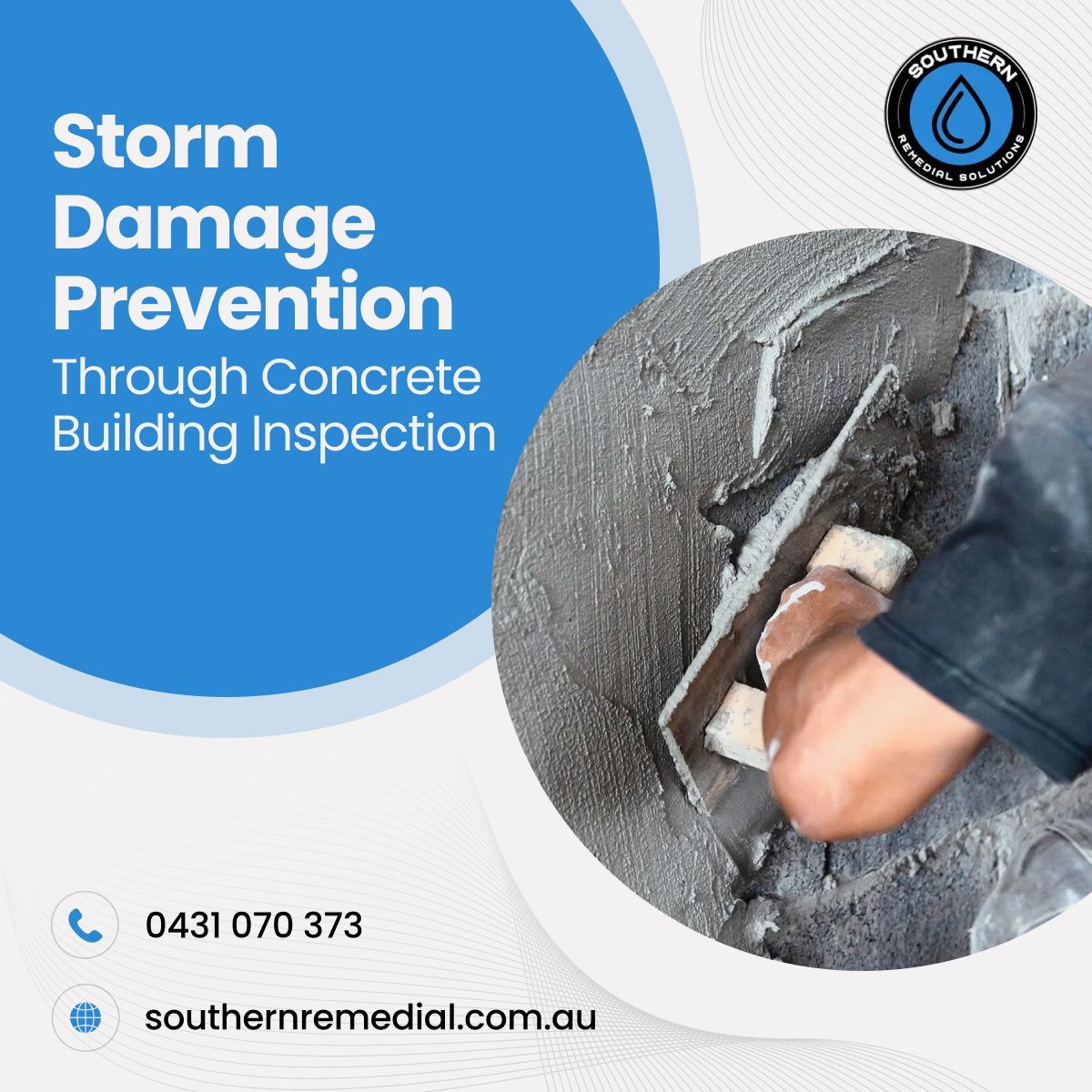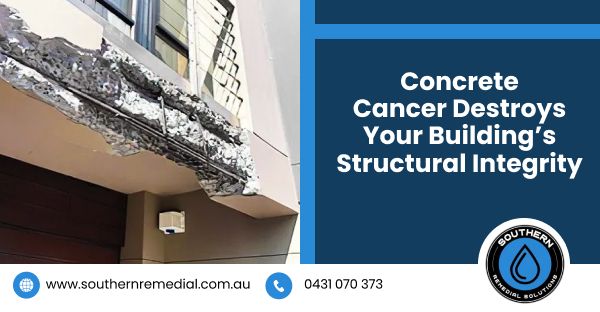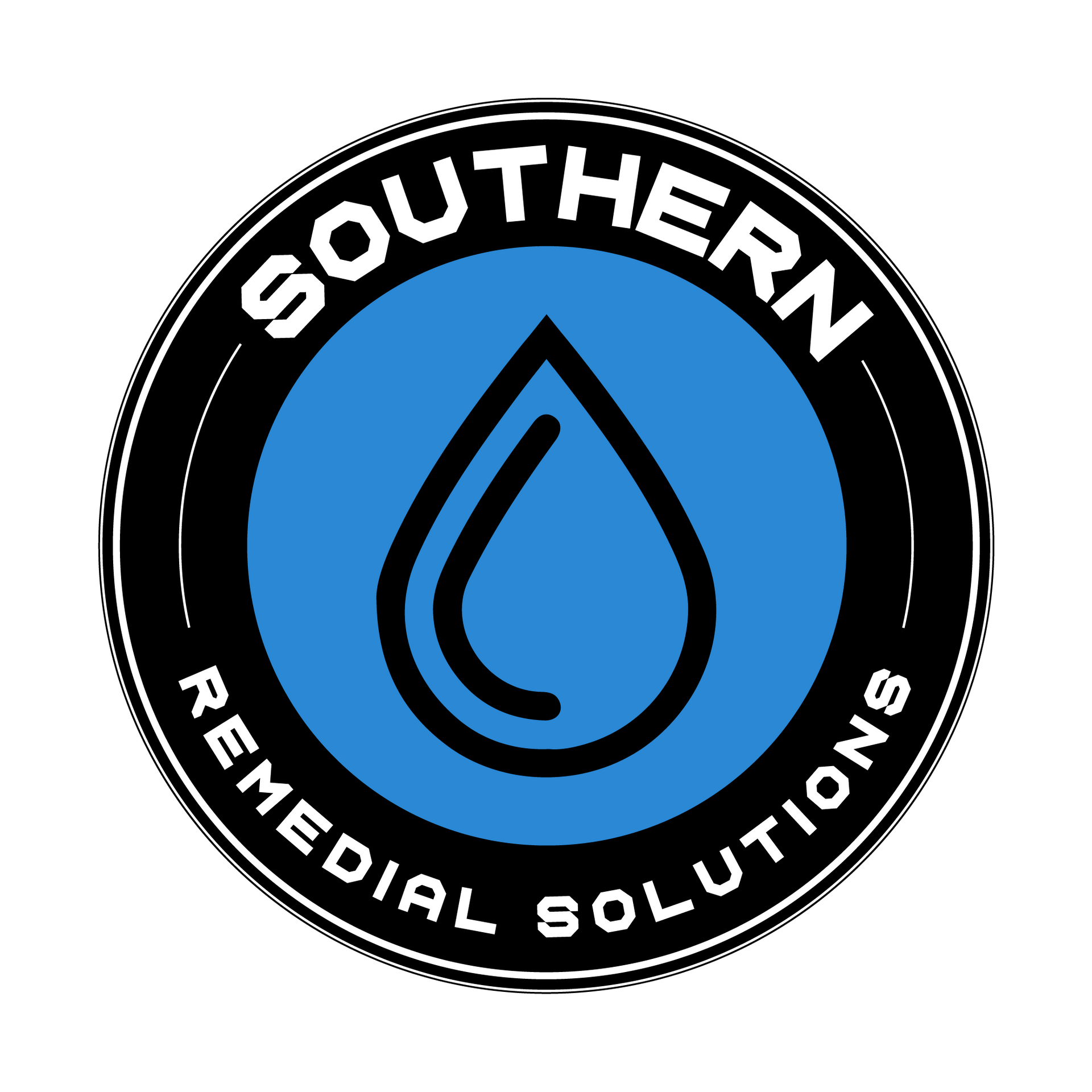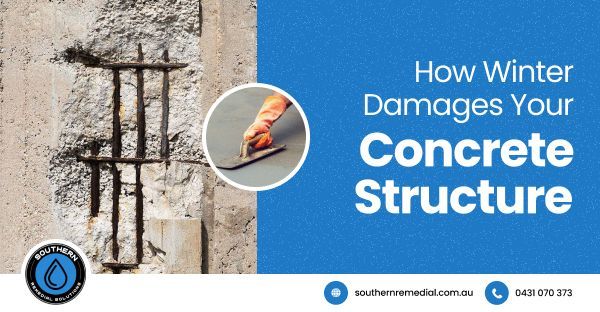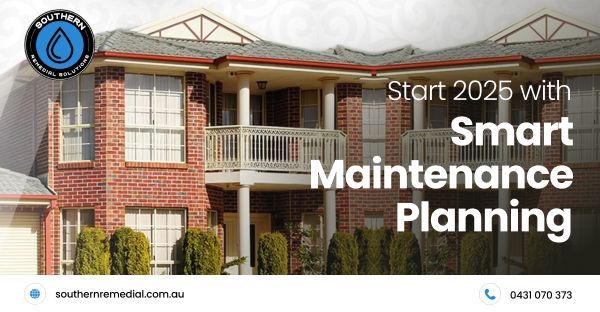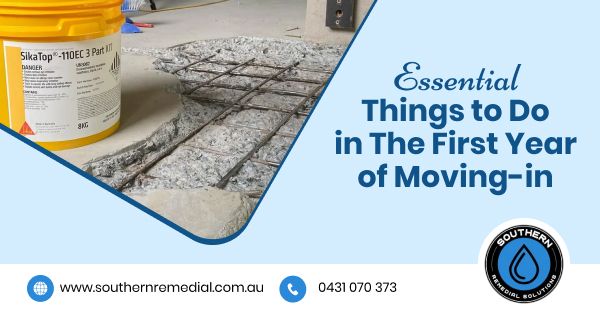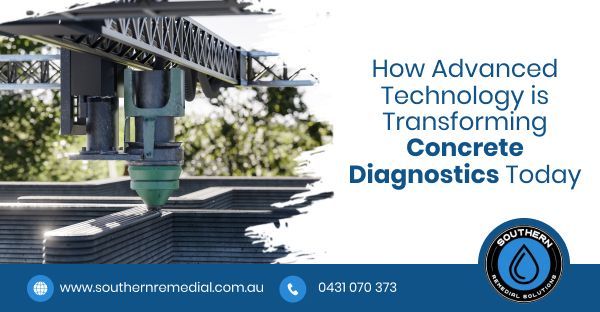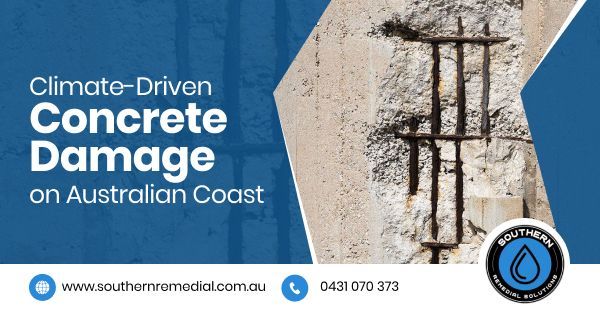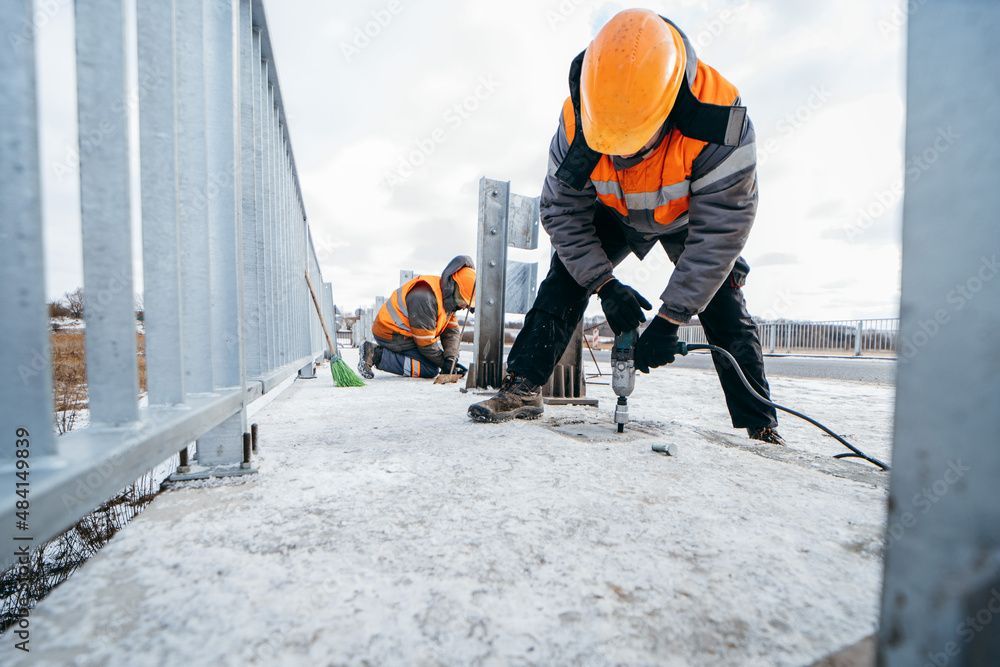Waterproofing Illawarra: Protect Your Building from Rain Damage

In our Australian climate, rainstorms are a fact of life. Without good waterproofing, water finds its way into cracks, joints and porous materials. Over time, this undermines structural strength and causes ongoing damage.
Fixing water damage is expensive. You may need to repair concrete, replace finishes, treat mould, and deal with rust or corrosion. In contrast, investing in proper waterproofing upfront costs far less and spares you repeated repairs. In a coastal area like Illawarra, where moisture and salt stress buildings, good waterproofing is a vital part of maintaining durability.
Common Water Entry Points
To make a building truly resistant to rain, you must know where water can sneak in. Below are the places most at risk.
Roofing vulnerabilities
Roofs bear the first brunt of rain. Cracked or poorly installed tiles, broken flashing, gaps at ridges or hips, and ageing membrane layers all allow water to penetrate. Even small defects can funnel water deep into structures.
Wall penetrations and joints
Any hole in the wall—pipes, downpipes, vents or conduits—creates a weak spot. Expansion joints, control joints, and movement joints also tend to open over time. If seals fail, water seeps behind cladding or renders and into the structural frame.
Foundation and basement issues
Groundwater and surface runoff can press against sub‑surface walls. Cracks in foundations, improper site drainage or missing exterior barriers allow water to intrude into basements, sub‑floors or foundations.
Window and door seals
Window frames, door sills and their flashing are often overlooked. If the sealant or weatherstrip fails, rainwater can trickle in under frames, behind facades or into wall cavities. Especially during storms, this is a common weak point.
Understand why
waterproofing your basement is essential for long-term property value.
Essential Waterproofing Illawarra Methods
Once you know where leaks start, you pick the right tools to stop them. The right method depends on location, structure, and intended use.
Roof Solutions
For roofs, full membrane systems (single‑ply, torch‑applied or reinforced) provide continuous protection. Flashing around edges, penetrations and valleys seals transitions. Sealants bridge minor gaps and cracks. Combined, they keep water from finding a path in.
Wall Protection
Walls may use breathable liquid coatings or elastomeric paints to shed water. Cavity drainage systems behind cladding help channel water away harmlessly. Sealing joints and movement gaps with suitable elastomeric sealants ensures continuity of the barrier.
Foundation Defense
For foundations, tanking (applying waterproof membranes or coatings to external walls) is common. Damp‑proof courses in masonry block rising moisture. Drainage systems (French drains, weep holes, subsoil drains) relieve water pressure and control groundwater flow.
Interior Safeguards
Inside, vapor barriers control moisture movement through walls or slabs. In wet zones (bathrooms, laundries), waterproof paints and lining systems give the last line of defence. These don’t replace external protection but add resilience.
Remedial Building Material Selection Guide
The material you choose defines longevity and performance. Use materials that match your exposure, substrate, and movement demands.
Liquid membranes vs sheet membranes
Liquid membranes conform to shapes, penetrate corners, and allow continuity. Sheet membranes are factory manufactured and often more robust, but require careful detailing at laps and joints. Each has trade‑offs in durability, flexibility, and application ease.
Acrylic vs polyurethane coatings
Acrylic coatings are cost‑effective and UV‑stable, good for moderate exposures. Polyurethane offers greater durability, elasticity and chemical resistance. In high stress zones (balconies, terraces) polyurethane often outperforms acrylic.
When to use bituminous products
Bituminous (asphalt-based) membranes are well proven in many roof and below‑grade applications. They handle compression, resist water, and offer good adhesion. But they may degrade under UV if exposed, so they often require protective overlays.
Modern polymer solutions
Modern polymer (e.g. SBS, EPDM, modified polyurethanes) materials combine flexibility, durability and adhesion. Many are formulated to resist cracking, movement or ponding. Use these where movement, temperature change or structural shifts are expected.
Understanding the role of waterproofing in concrete remediation.
Professional vs DIY Approach
Some waterproofing tasks are manageable for the handy homeowner. Others demand professional skills and experience. Understanding the boundary is critical.
Small repairs like re‑sealing around windows, patching minor cracks, applying surface waterproof paint or renewing flashing on simple roof detail may be suitable for DIY. These jobs demand attention to detail more than extreme technical skill.
For structural waterproofing, full roof membrane replacement, basement tanking, major joint sealing or remedial building work in Illawarra, bringing in professionals is wise. Southern Remedial has local expertise, an understanding of local climate, and access to high quality materials.
Red flags that require expert intervention -
Signs like persistent leaks, sagging or delaminating membranes, recurring mould, spalling concrete or rust stains suggest deep problems. If water has already damaged structure or reinforcement, expert remedial building work is necessary.
Waterproofing in Illawarra is not optional but essential. Rain, salt and moisture stress buildings constantly. By understanding common entry points, applying the right waterproofing methods, choosing proper materials, and knowing when to call in experts, you protect structural health. A remedial building approach when needed ensures your structure remains strong and safe.
Start with a full inspection. Map weak spots. Decide which areas you can handle yourself and where you’ll need professional support. Plan waterproofing in stages and budget for maintenance.
If you’re ready to make your building bulletproof against rain, contact Southern Remedial. We service Wollongong, Illawarra and surrounding areas with expert concrete repair, remedial building and waterproofing solutions.
